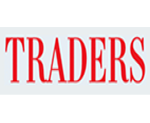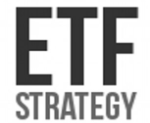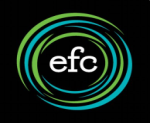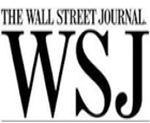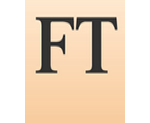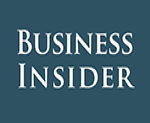
A new machine-learning tool used by Citadel and Balyasny to rank their brokers hopes to put an end to the 'old boys network'
Business Insider: "Traders get comfortable with the brokers that cover them, and have a personal relationship, and this can insert a more objective view" when determining what commissions are paid, said Johnson.

